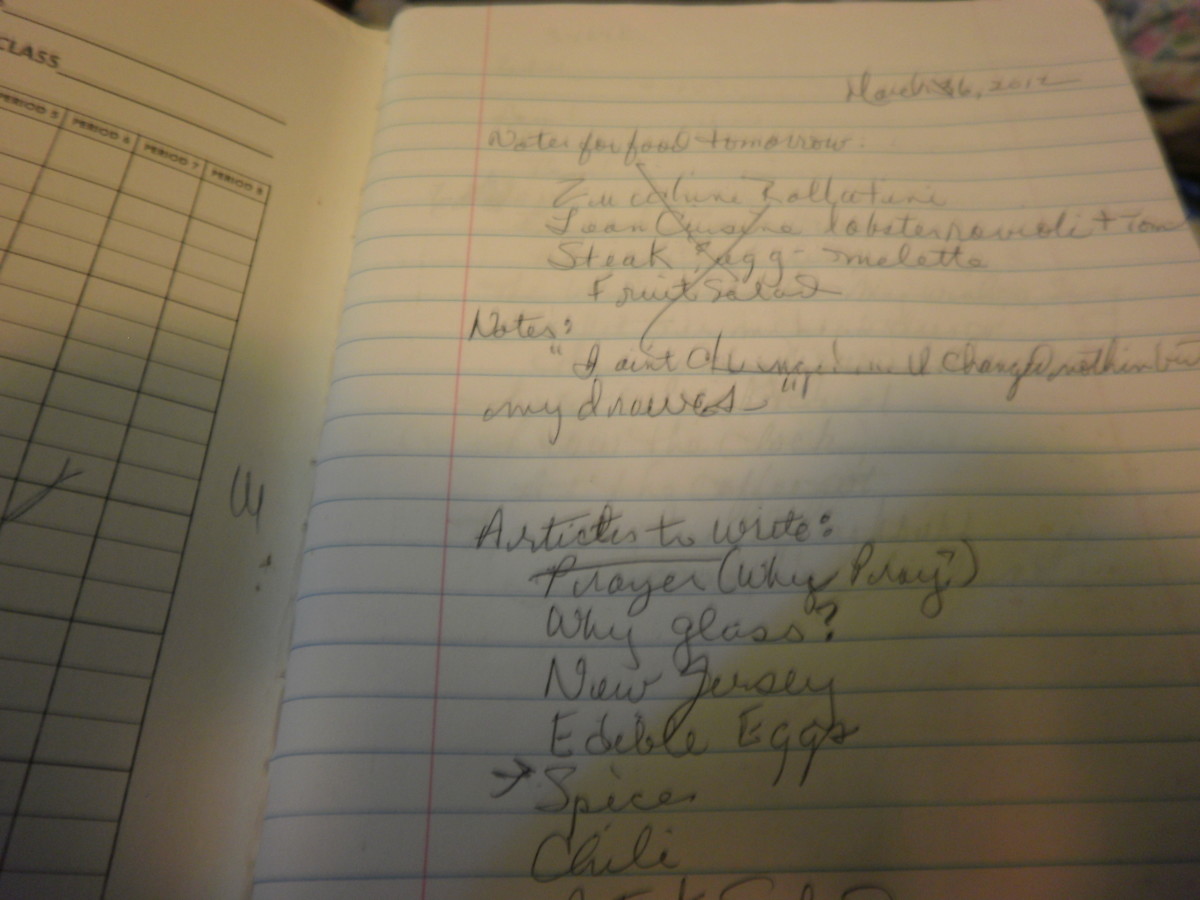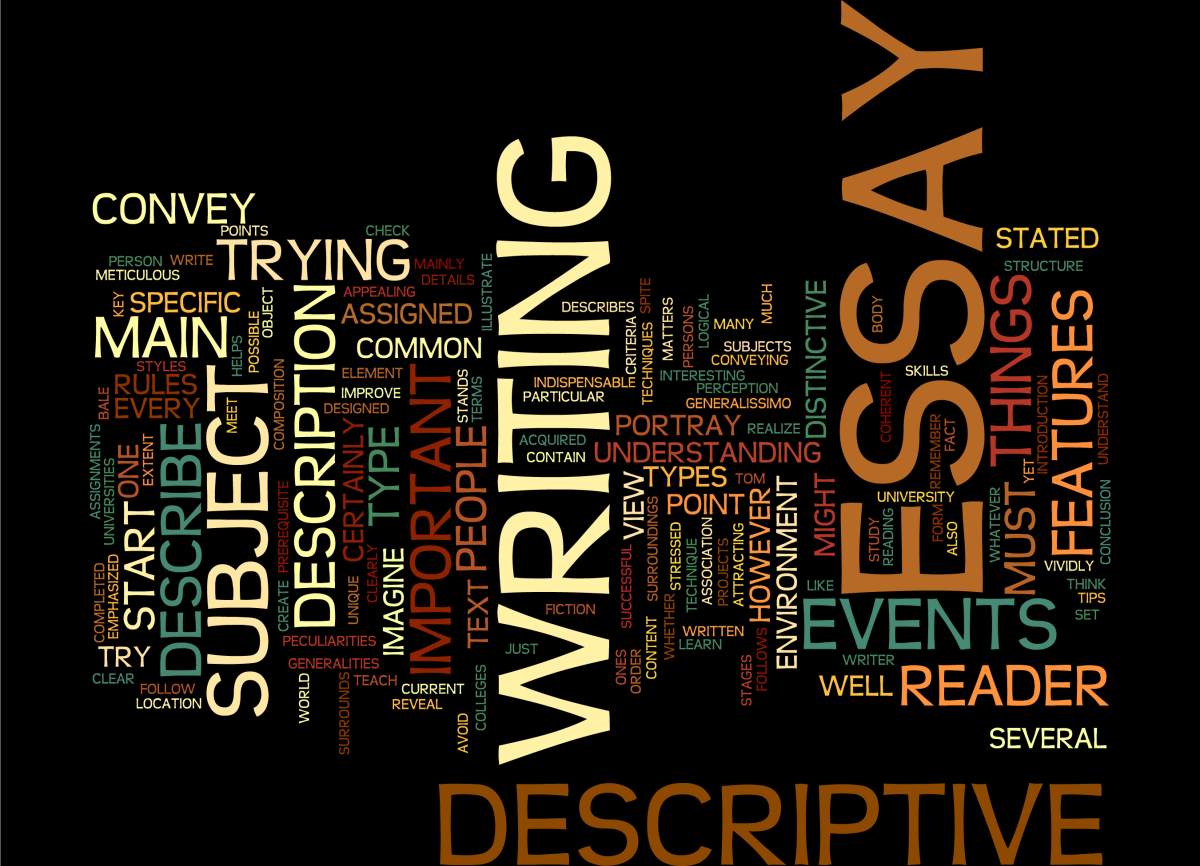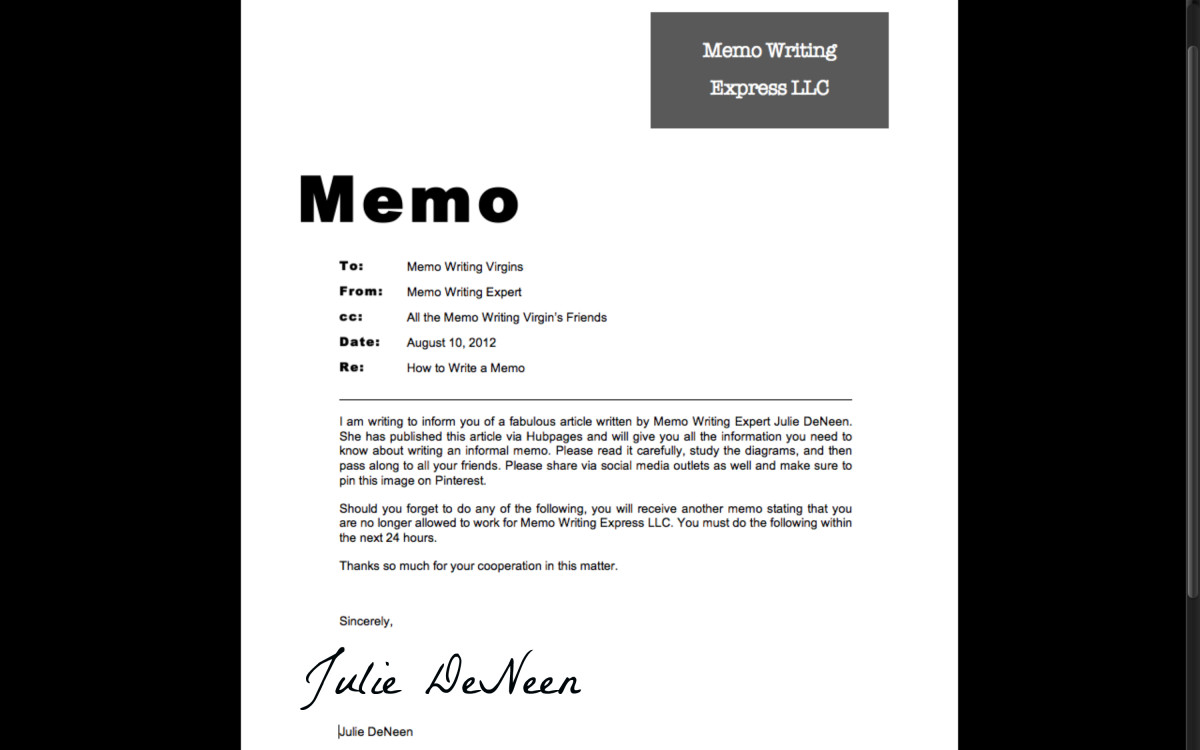Creative Writing 101: Setting and Universe

When you read a story you imagine the faces of characters in a certain way in your head, their clothes, the color and length of their hair, the exact hue of their eyes. You imagine the quality of their voices, their tone when they speak, and also the expressions on their faces. It is easy to see the characters you read about in your head, and if by any chance you discuss their looks with someone else you can say “This is how I think she would look like.” But what about the place the characters exist on? Can you picture the time they live on? What about their imaginary room, house, neighborhood, city, and their imaginary world? Think of reading a story without these important elements. It could be a very good story with compelling characters, but they would be place in a white room. When you are writing you often need to place your characters in places like a house, an office, a school yard, etc. When you write, a room should be more than part of a house. This is why we are going to dive into the importance of setting, universe rules, and how to apply both to your writing effectively.

Setting
The term setting is simply described as the place and time where a story happens; however, it should be so much more. Setting is the kind of weather, time, ambiance, and even landscape that affects your story. It is where you place your characters and the events they go through. Be careful while choosing your preferred setting, and remember that the time period, and place where you place your story will affect everything on it.
Choose Wisely
Sit down and really think where would be a good place to set the story. Choose time carefully: How much do you really know about the time period you want to write in? If not much, research deeply to not miss any details, like clothing or jokes of that time period. You don't want to use a wrong word or a wrong outfit that just doesn't fit your time period. Also think about the city, country, or culture that you are placing your characters in. Again, consider how much you know about a specific culture or place. It doesn't matter if you are writing within your own culture, look out for cultural stereotypes. Researching whatever city or culture you are writing about can help you avoid writing generalizations, or sound uninformed.

Avoid the white-room-syndrome.
The white-room-syndrome happens when a writer presents a character in a place with no memorable characteristics, or when the place seems flat and unimportant. Nothing in your story should be unimportant or with out a reason. Instead of having a character enter a room, give this room some character of itself. Imagine a room you have never been in before. You can describe if it is a gloomy room, explain how the colors of the room shine brighter when sunlight enters by the windows, describe the furniture in the room, and whatever is inside that room. However, all this description is not enough. The room is still just another room with nothing very special about it. To solve this now imagine that, like your readers, you are entering the room of your protagonist for the first time. What can that room tell us about this character? If the room is messy, tell your readers why its messy and how your character feels about it. If there is furniture in the room, tell your audience why a certain chair is important. Perhaps that's where the late grandmother of your character used to sit down to knit and tell stories. By linking your setting to your characters and their memories, you are giving that room a purpose, an emotional attachment, and ultimately character. That way it stops being just a room.
Be careful with description
I know, I know. I just said that description is important, so why should you be careful with it? Newbie writers like myself are often guilty of word padding. Word padding is unnecessary writing and it can come in different presentations. It can come from dialogue, characterization, and description. When word padding comes from description it often affects the setting. This means that while writing you find yourself describing places and before you realize it you are just going on and on about the color of a sunset, or the way the light reflected on a mirror. This can be easily avoided by budgeting your description. Think before you describe. How is the description going to affect the flow of your story? Description can make your story beautiful and put specific images in your readers' minds, but a little too much description can transform a scene into an excruciatingly boring one.

Universe
Now that we have talked about setting and its importance, we can move on to far more complicated things. Brace yourselves, we are moving on to Universe and its rules. If setting is the place and time where a story is been placed, what do we call the place where setting is placed? This is called Fictional Universe. Often, the fictional universe is defined as the place where setting explains, agrees, holds, and works with itself. Meaning, this fictional setting sets its own rules and since it follows them, it works. The most common examples used to teach fictional universe are Tolkien's Middle Earth, Lewis' Narnia, and more recently Collin's Panem, among many others. Fictional universe are used in every kind of fiction. Every time you read a fictional story, you are entering a world that is completely different from reality, no matter how far or close it is to real life, this so called setting would be defined as Universe, because the events happening in it are fiction. Sounds pretty simple and kinda obvious, right? Well, still the distinction needs to be addressed, because sometimes a Fictional Universe is regarded as something that belongs to fantasy and science fiction only.
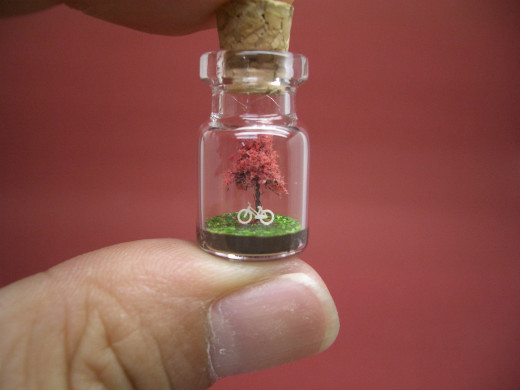
Types of Universes
There are some types of fictional universes out there. We will define them by size. A fictional universe can be small and exclusive of a single story. It can be a medium size universe that expands tough several stories. A universe can be so massive that it harbors more smaller universes.
Pocket Size
The pocket size universe is the one that harbors only one story in the least number of settings possible. The story could be happening in one place only. Sometimes this place might be the only thing in existence in the Universe. This might be just a little chunk of a bigger Universe that we as readers are not aware of, or are not shown. Just like in the show Lost, most of the plot happens in the island that we know belongs to a bigger universe, but we are not shown a lot of that world.
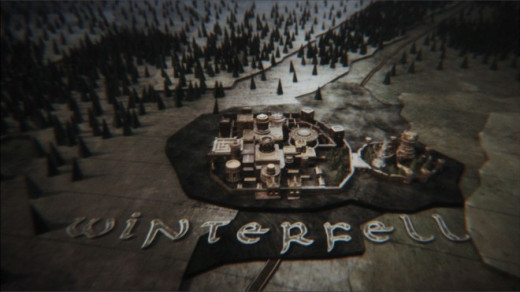
Regular Sized
On a regular sized universe we might have very different settings. This category has universes like the Middle Earth and the land of A Song of Fire and Ice. They are very big universes with maps and varied points of view, and even languages of their own, but the universe still focuses on one story only. In Universes like this we might see several different countries or galaxies, and they expand into varied settings, but these places deal with only one or several story lines that somehow connect with the main plot.
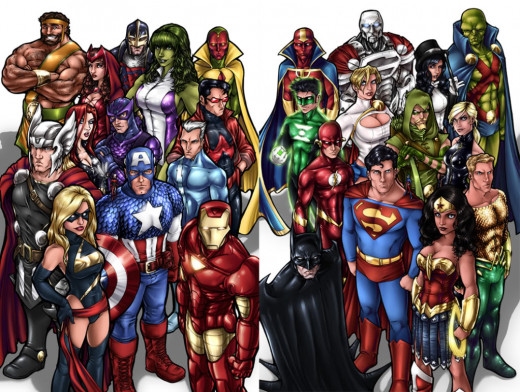
Shared Universe
This type of Universe expands to a greater length than a regular seized universe and contains greater number of stories. The perfect examples for this classification are the DC Comics or Marvel Comics universes. The worlds that both companies have created are composed of several different stories, settings, and even pocket universes. In a shared universe we encounter pocket sized words, with their own rules and concepts, that later on expand and travel into another universe. Let's use Batman as an example. He lives in his own pocket universe called Gotham. We know there are other places outside Gotham where Batman can go, but most of the time he is in his own universe, protecting it. Then, when Batman teams up with Superman, he travels to Superman's pocket universe aka Smallville-Metropolis and adapts to that specific universe rules. Then, both of them team up with the rest of the Justice League and create a special pocket universe where they all meet, and that universe has different rules form Gotham or Smallville-Metropolis. Basically, a share universe has that name because it is made of different pocket universes. In some cases, like with Marvel, we have different New York Cities. Ever wonder why the X Men never come to Spiderman's help when the city is about to be obliterated? They both live in New York, but each have a different New York where the rules are different, an when they do meet, they enter a whole different New York city where the rules allow them to work together. When it comes to shared universes and comic books, things get a little complicated.
Universe Rules
And how do we use Universe in our writing? There are several rules on Universe usage, but the most important ones are the following.
Did somebody said 'rules'?
Many writers I have encountered have told me that they don't plan their Universes. Most of them have told me didn't know they had one. If you don't know what kind of Universe you have or don't even know that you have one, you have no rules. This means anything is allowed in your story and this will result in a lot of inconsistencies. Every story needs rules, otherwise you won't be creating that suspension-of-disbelief-effect that is so important for fiction.
Decide now and Stick with it
When you are getting ready to write your story, decide what your Universe will include, what it will allow and what it will forbid. For example, if you are writing science fiction and decide that all you aliens will look human-like, then that means ALL of them. Don't go around your story and include a Cthulhu-looking-monster because that way you will throw you readers aback and the suspension of disbelief will be gone, forever. Never, ever, ever violate your own rules.


